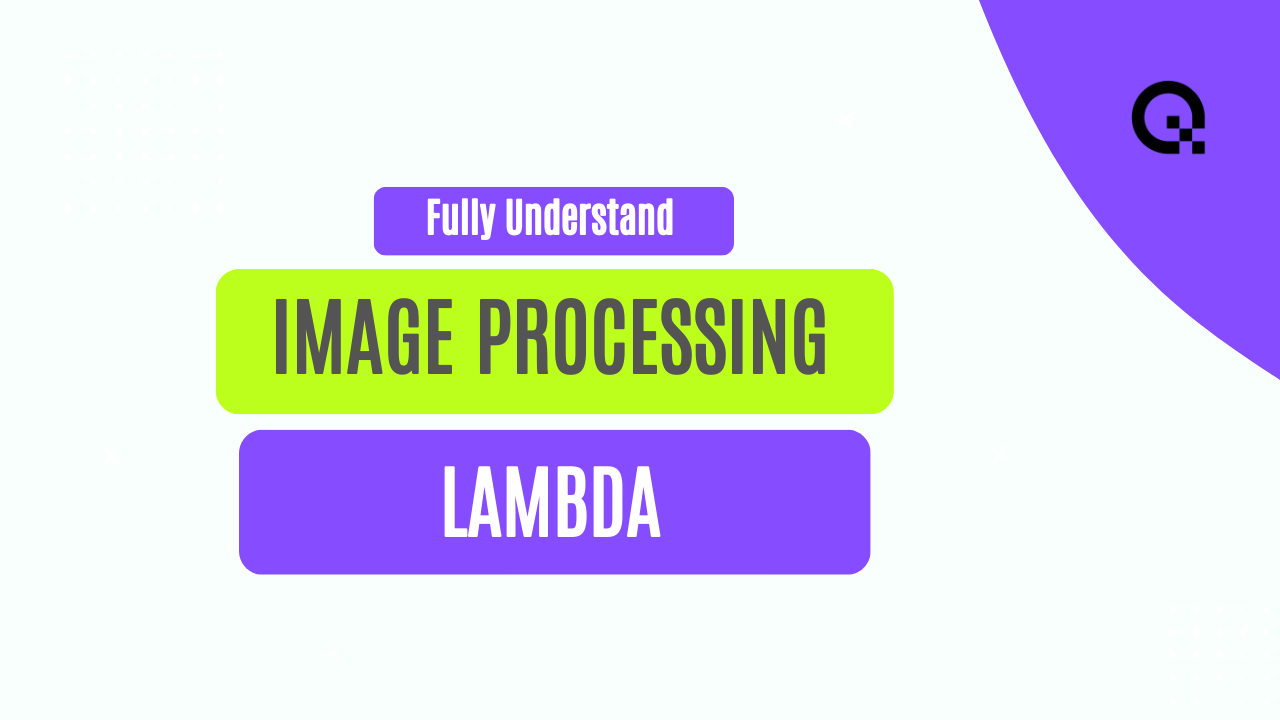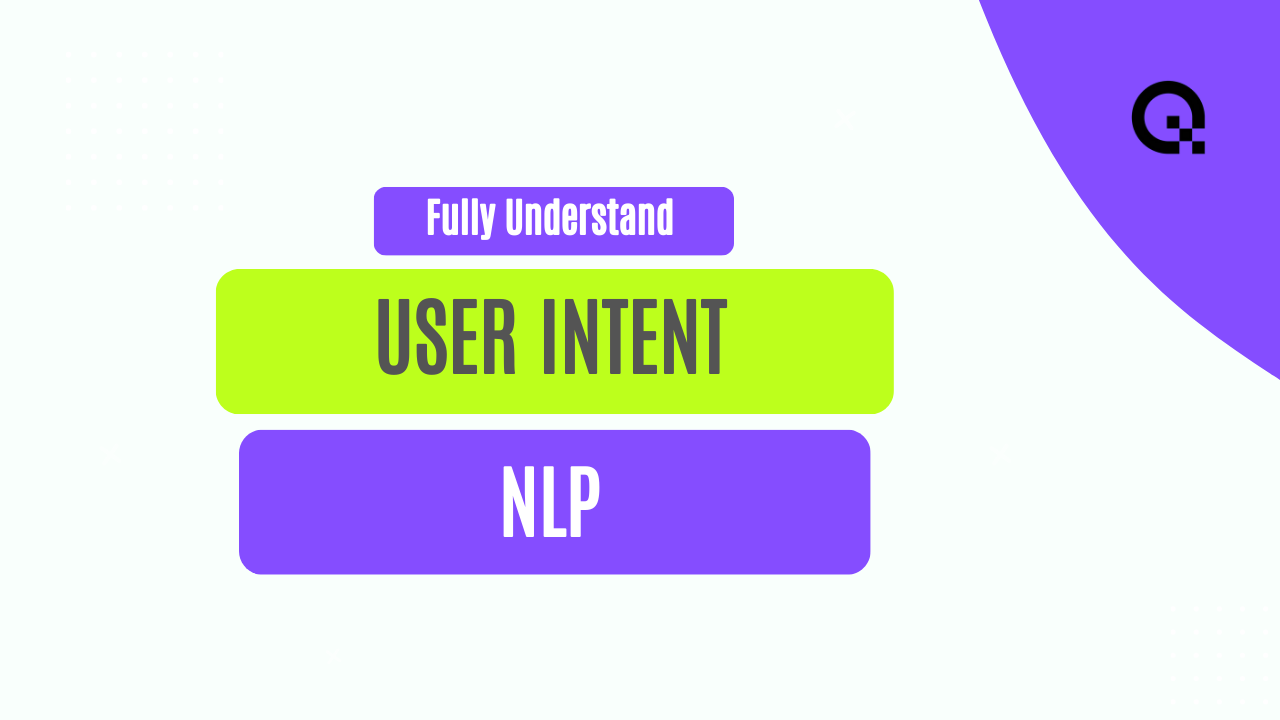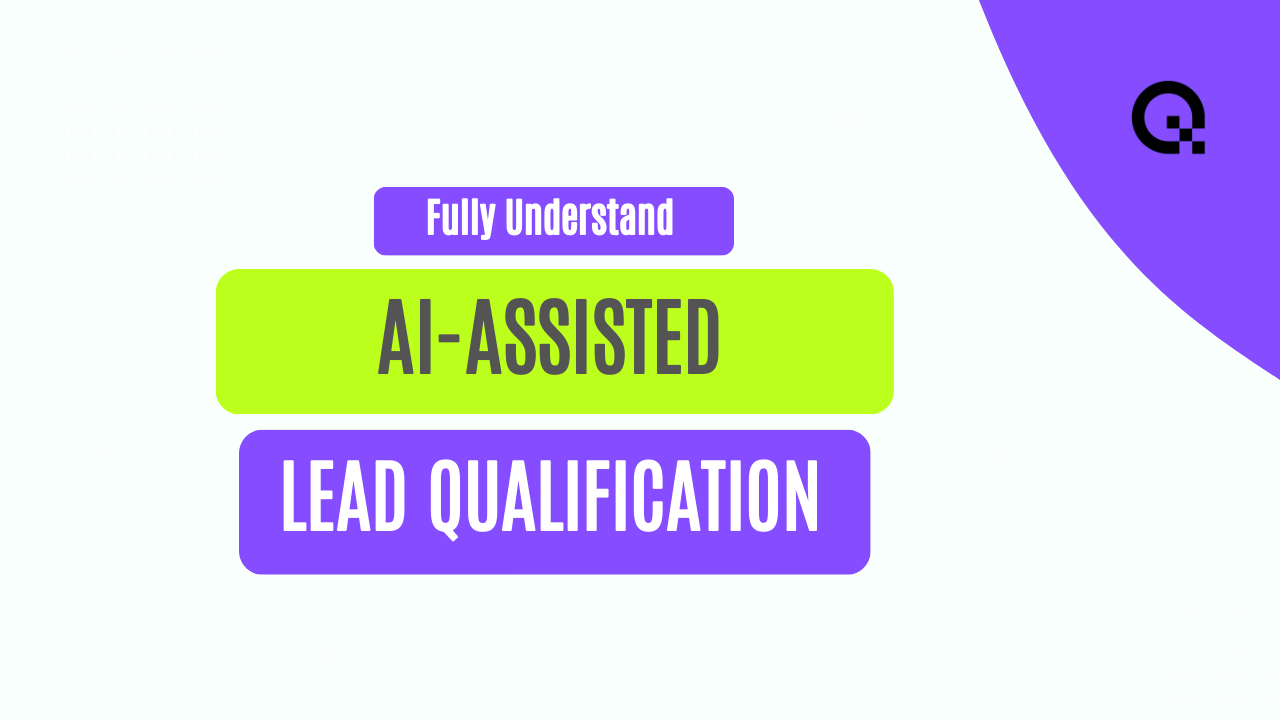Mastering Image Processing with Lambda and S3
Image processing is a crucial aspect of modern applications, enabling businesses to enhance user experience, analyze data, and automate tasks. In this blog post, we will delve deep into the world of image processing using AWS Lambda and Amazon S3. By leveraging these powerful services, developers can create scalable and efficient image processing pipelines that meet the demands of today's dynamic applications.
Introduction to Image Processing
Image processing involves performing operations on images to manipulate them or extract information from them. This can include tasks such as resizing, cropping, filtering, and more. With the rise of image-centric applications, the need for efficient image processing solutions has become more pronounced.
By using AWS Lambda, developers can execute code in response to events without the need to provision or manage servers. This serverless compute service allows for seamless scaling and cost-effective image processing workflows.
Amazon S3, on the other hand, provides secure, durable, and scalable object storage. It is an ideal solution for storing and retrieving images in the cloud. By combining Lambda and S3, developers can build robust image processing pipelines that are reliable and easy to maintain.
Benefits of Image Processing with Lambda and S3
One of the key advantages of using Lambda and S3 for image processing is the scalability they offer. With Lambda, developers can run code in parallel to process multiple images simultaneously, ensuring fast and efficient processing times. S3's scalability ensures that developers can store and retrieve images as needed, without worrying about storage limitations.
Another benefit is cost-effectiveness. With Lambda, developers only pay for the compute time they consume, making it a cost-efficient solution for image processing tasks. S3's pay-as-you-go pricing model means developers only pay for the storage they use, without any upfront costs.
Furthermore, Lambda and S3 provide a high level of security for image processing workflows. S3 offers encryption options to secure images at rest, while Lambda integrates with AWS Identity and Access Management (IAM) for fine-grained access control. This ensures that image processing pipelines are protected from unauthorized access.
Building an Image Processing Pipeline with Lambda and S3
To demonstrate the power of Lambda and S3 for image processing, let's walk through the steps involved in building an image processing pipeline:
1. Upload Images to S3: Start by uploading images to an S3 bucket. This can be done manually or through automated processes.
2. Trigger Lambda Function: Set up a Lambda function to trigger when new images are uploaded to the S3 bucket. The Lambda function will contain the image processing logic.
3. Process Images: Within the Lambda function, perform the necessary image processing tasks, such as resizing or applying filters.
Conclusion
Image processing with Lambda and S3 offers a powerful and scalable solution for modern applications. By leveraging the serverless capabilities of Lambda and the storage capabilities of S3, developers can build efficient and cost-effective image processing pipelines that meet the demands of today's image-centric applications. With the right tools and techniques, mastering image processing with Lambda and S3 is within reach for developers looking to enhance their applications with advanced image processing capabilities.



